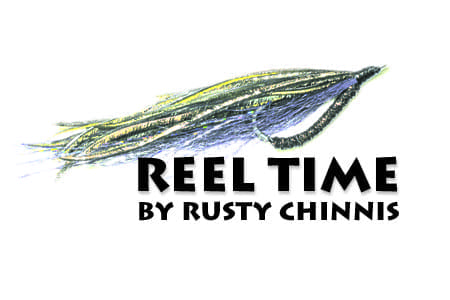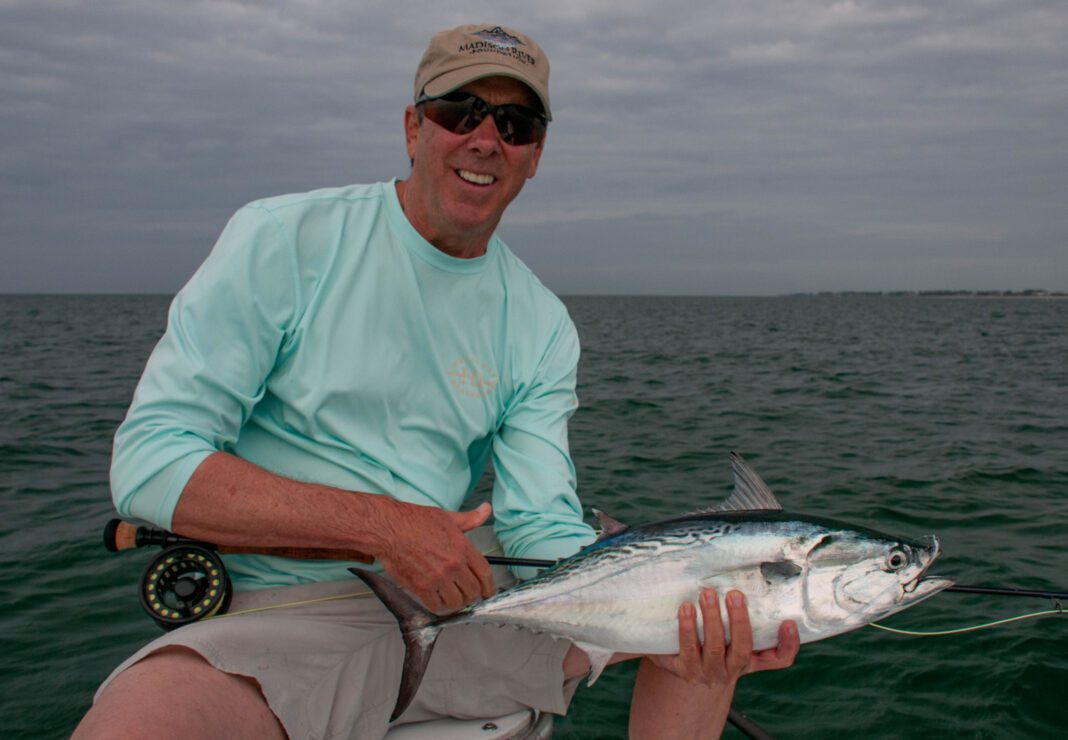I heard my first whippoorwill almost three weeks ago. It’s one of my favorite times of the year and one of the most productive for anglers who fish with flies, artificial lures or live bait. I like to think of this time of the year as spring training. March and early April can be challenging months, but they can also be very productive. It’s a time when the changing seasons can bring clear skies and balmy breezes one day and high winds and late-season cold fronts the next. It’s a good time to keep an eye on the weather and water temperature.
 Water temperatures that hover in the 70s bring fish out of their winter haunts. It doesn’t matter if it’s winter one day and spring the next. Even if the weather is unpredictable, anglers know to start watching for the signs of spring. They’ll keep an eye on the Gulf, looking for flocks of diving sea birds as they feast on schools of baitfish that gather off the beaches in their seasonal migration. They know from experience that schools of little tunny, Spanish mackerel, cobia and kingfish will be attracted by and feed around the schools of bait.
Water temperatures that hover in the 70s bring fish out of their winter haunts. It doesn’t matter if it’s winter one day and spring the next. Even if the weather is unpredictable, anglers know to start watching for the signs of spring. They’ll keep an eye on the Gulf, looking for flocks of diving sea birds as they feast on schools of baitfish that gather off the beaches in their seasonal migration. They know from experience that schools of little tunny, Spanish mackerel, cobia and kingfish will be attracted by and feed around the schools of bait.
In the bay, trout, redfish and snook will be roaming the flats in search of pilchards, shrimp and glass minnows. Spring is the time when local anglers have a host of piscatorial choices and some of the best conditions, mostly. The weather, while always unpredictable during the changing seasons, seems to be warmer every year. Of course, it’s always possible that a late-season cold front can rile Gulf and bay waters. It’s a swing time and the kind of weather that can play with the emotions of the die-hard angler. But hope springs eternal and we know from experience that it won’t be long before spring is here. That’s why it’s time to be prepared, flies tied and tackle ready for that day when it’s no longer a question of when it will happen, but what species we’ll fish for!
I like this time of year even if it can be exasperating. One day the flats and Gulf can be barren and the next the action is red hot. When fishing the Gulf, having a rig on board that can handle a big cobia or kingfish makes good sense and having wire at hand in case toothy kingfish and Spanish mackerel make an appearance can make or break a day.
If you’re fishing the Gulf and bait isn’t showing on the surface, try fishing areas where they congregate, like artificial reefs, rocks, and ledges. I like to work a top water plug or fly-over structure and have often found fish where there was no outward sign of their presence.
In the bay, work the areas of the flats on the outside seams of grass flats and the edges and ends of sandy potholes. Pay particular attention to deep grass that’s often present at the end of a pothole and work your casts into the area by casting short and then progressing right over the hole. Top water plugs and flies are particularly effective when waters warm and can be an invaluable aid in finding action.
Whatever your fishing style or whether you like fishing the Gulf or bays, take advantage of this swing time and you might just be rewarded with the promise of spring.
































